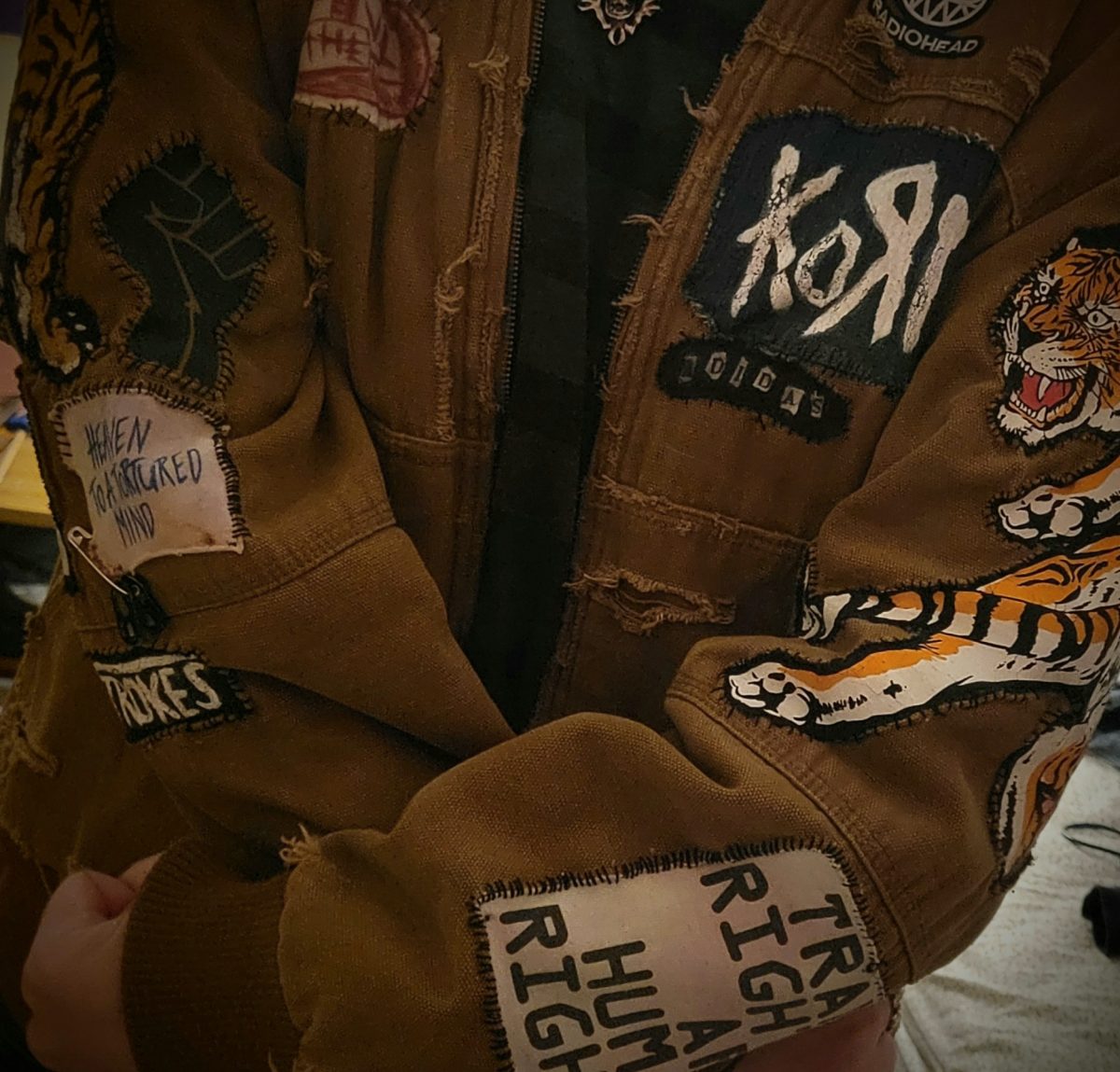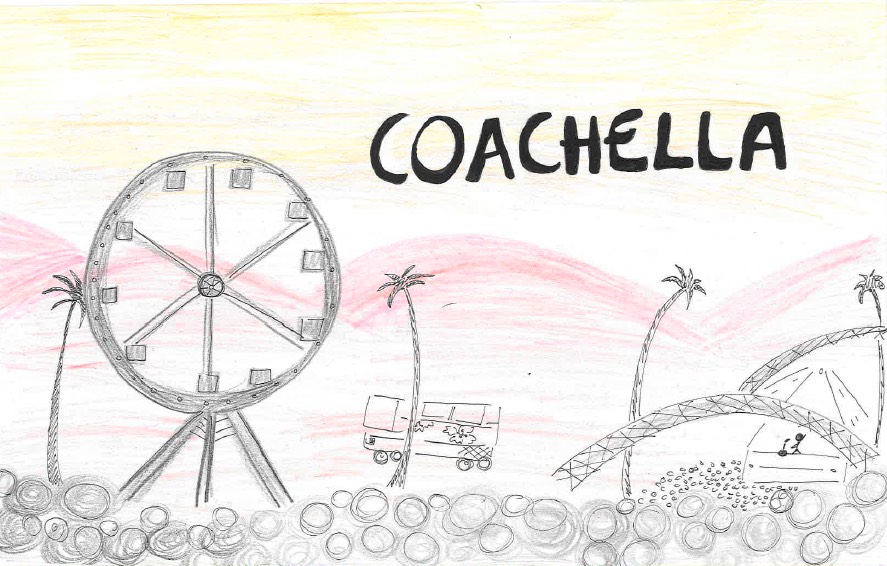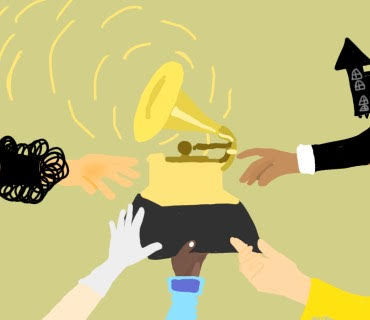Fast fashion has directly had negative effects on the environment, the global labor force and average, everyday consumers, just to name a few of the practice’s victims. Defined as producing trendy clothing at a rapid pace and in high volume to keep up with current trends, fast fashion clothes are made with cheap, poor-quality materials that attract buyers but devastate the world. The most famously known fast fashion companies today are Shein and Fashion Nova, both of whom have become synonymous with “wasteful” as much as “affordable.” In fact, according to Yale Climate Connections, “A new Shein design may take as little as 10 days to become a garment, and up to 10,000 items are added to the site each day.” Fast fashion companies have also come under fire for using artificial intelligence to analyze social media platforms to find out what kind of fashion is trending and replicate it as fast as they can. If this kind of clothing is poorly made and actively contributing to climate change, why do people buy it?
People buy fast fashion products simply because it’s affordable. With the rising cost of living in recent years and inflation affecting everyday expenses, people don’t have a lot of money to spend on clothing but still want to be up to date on trends so they rely on fast fashion. Fast fashion is also convenient because you’re able to shop whenever you want to from the comfort of anywhere you may be, and it’s all just a click away on a phone or laptop. The quick rise and fall of trends, which some refer to as microtrends due to continual rapid turnover, also influences people to buy fast fashion because people naturally want to stay up to date with fashion trends that are constantly changing. The cheap cost of this clothing also encourages consumers to change their sense of style whenever they want, discarding clothes as if they’re disposable.
Since this practice leads to people literally throwing away their clothes only to update their wardrobes, what happens to the items that are thrown away? The answer is that the average American consumer throws away 81.5 pounds of clothing each year with the bulk of that clothing ending up in landfills. The materials companies like Shein commonly use, such as polyester and plastic, are not biodegradable, which means that they’ll sit in landfills for decades to hundreds of years before they decompose. The fast fashion industry is also responsible for 10% of global carbon emissions and uses roughly 93 billion cubic meters of water each year, drying up water sources and polluting rivers, streams and other bodies of water. And the raw materials used that are biodegradable, such as cotton, undergo processing and dying that ruin the air quality for people in surrounding areas, further contributing to global warming.
“People buy fast fashion because it’s cheap and affordable—it looks better than the clothes that are offered in stores in my opinion,” Alaijah Sherman (12) said. “I do wish that there was a way to stay on top of trends and be fashionable without buying fast fashion, though. But most people don’t have money and fast fashion is more convenient because you can shop while you’re in bed or on the go.”
Many fast fashion companies use sweatshops in foreign countries such as China to make their clothing because it’s cheaper and doesn’t have as strict labor laws as Western countries. Sweatshops are factories where workers are forced to work long, grueling hours for little pay, and the vast majority of sweatshop workers live in poverty. Because of this, they’ll work for scraps just to get by and fast fashion companies take advantage of that. They’re even forced to work in unsafe conditions. A lot of sweatshops also use child workers because children are easier to manipulate and in some cases, they’re the only members of their families able to work because their family members are old, disabled, and/or sick. Some child workers don’t even have families or an elder looking after them so they have to work in order to survive.
The fast fashion industry wouldn’t be successful if it weren’t for people buying its products and giving money to these companies to continue making their products, leading to a high demand. As of 2024, the fast fashion industry is worth about 114.17 billion dollars globally, and the fast fashion industry has grown rapidly since the 2020 pandemic because of Shein, which blew up on TikTok during the pandemic with millions of people more comfortable shopping from home than in person. With the rise of Shein came the Shein clothing hauls on TikTok, where people broadcast the massive amounts of clothing they’ve bought, encouraging viewers to do the same and leading to even more of a massive overconsumption problem in middle-class communities around the globe.
Instead of buying fast fashion, more people should try to buy sustainable clothing that is ethically made. Yes, it’ll be more expensive than clothing from a fast fashion company, but it’ll last longer because it wasn’t made from cheap materials, which will save consumers money in the long run. You won’t have to constantly buy clothes because your clothes will last, and won’t tear or wear down as fast as cheaply made clothing will. Some sustainable clothing brands that are relatively affordable are Quince, Kotn and Everlane—just to name a few. If these are too pricey, there is also always second-hand clothing from Depop or thrift stores.
“I think most people and I over-consume fashion and other trendy things we see on the internet,” Nadifa Hussein (12) said. “I think the main reason for overconsumption is the normalization of it especially on [platforms] like TikTok where you see people doing massive hauls and owning lots of makeup and other trendy things, but I think we need to try and move to more sustainable options. I just think the price of sustainable clothing is what stops people from buying it.”
Fast fashion is neither ethically made nor sustainable because of the practices used to create clothing such as sweatshops, and the negative impacts it has on our environment such as worsening landfills, using up our natural resources and factory-made pollution. Fast fashion is bought because of how cheap and convenient it is. It really doesn’t take that much effort, though, to simply spend a few minutes to research more sustainable options before clicking “purchase.” You may have to pay a bit more, but it’s better than having to pay even more as a society later on.










